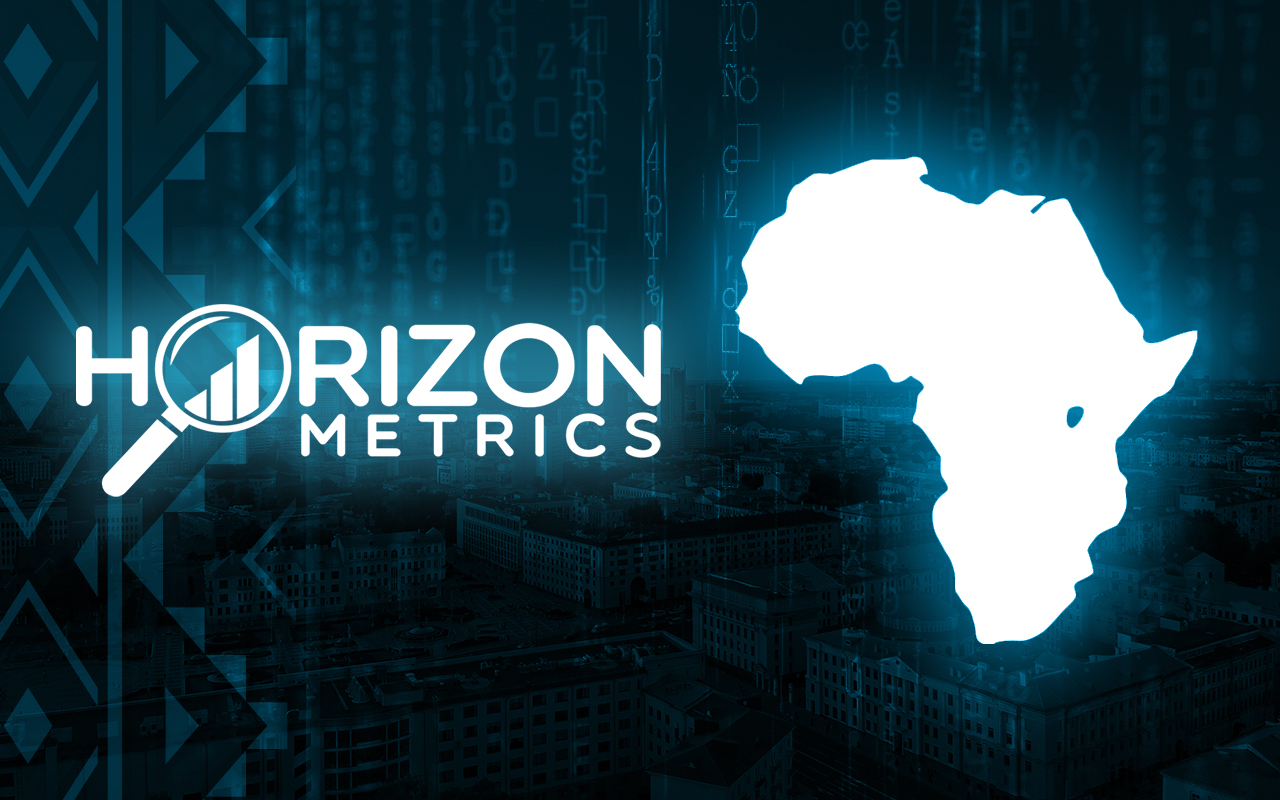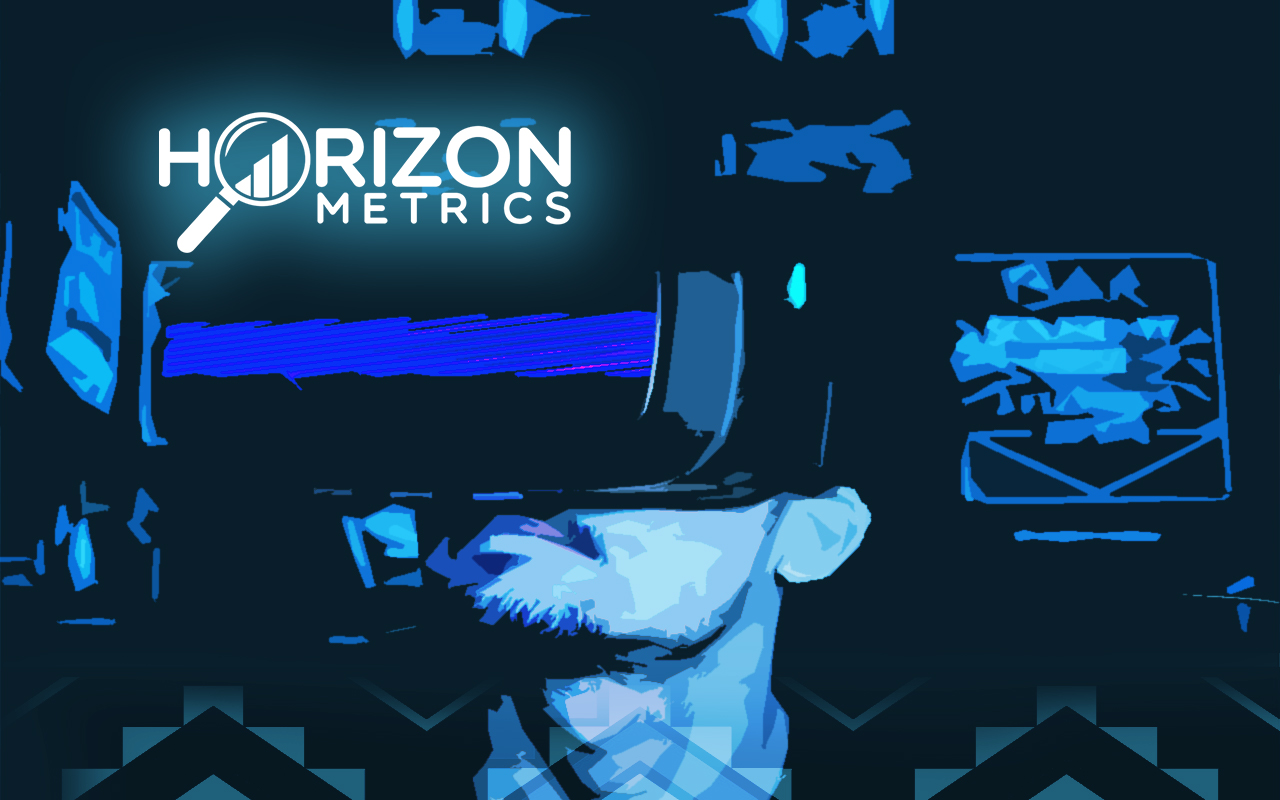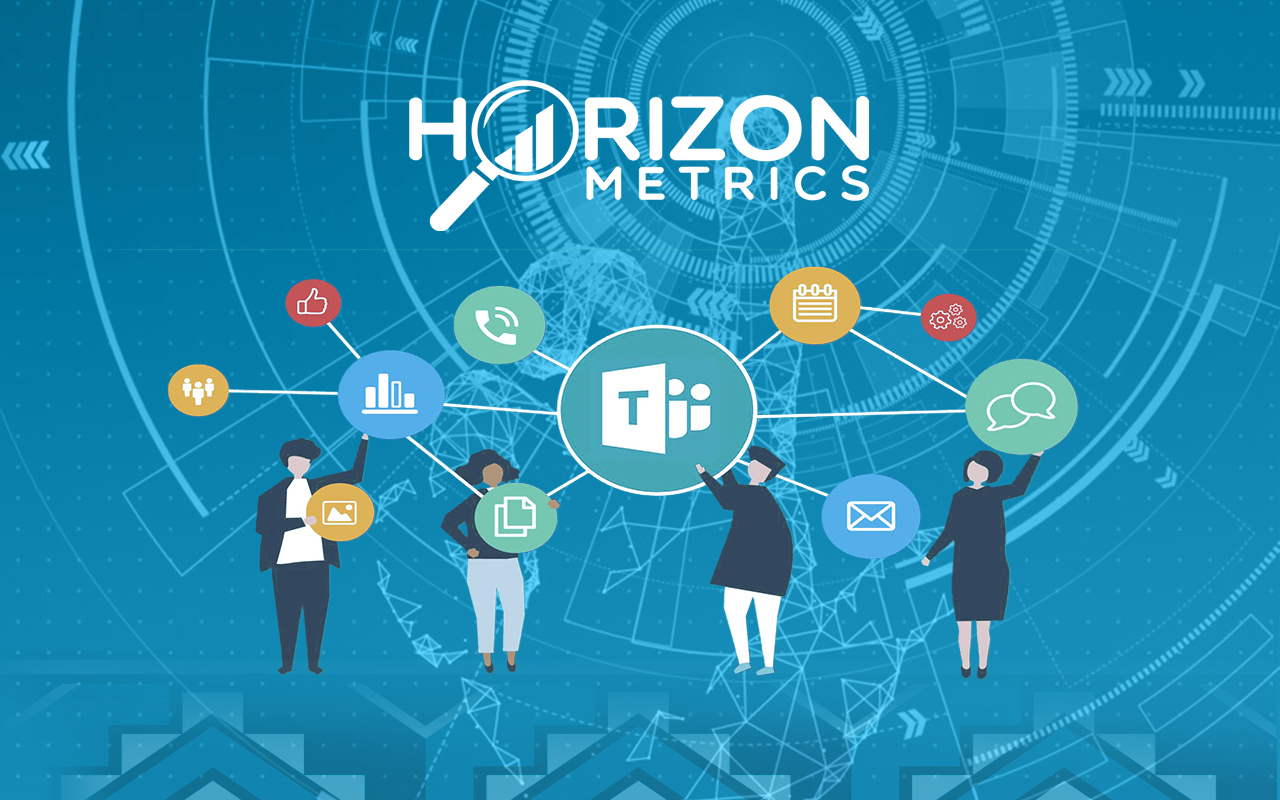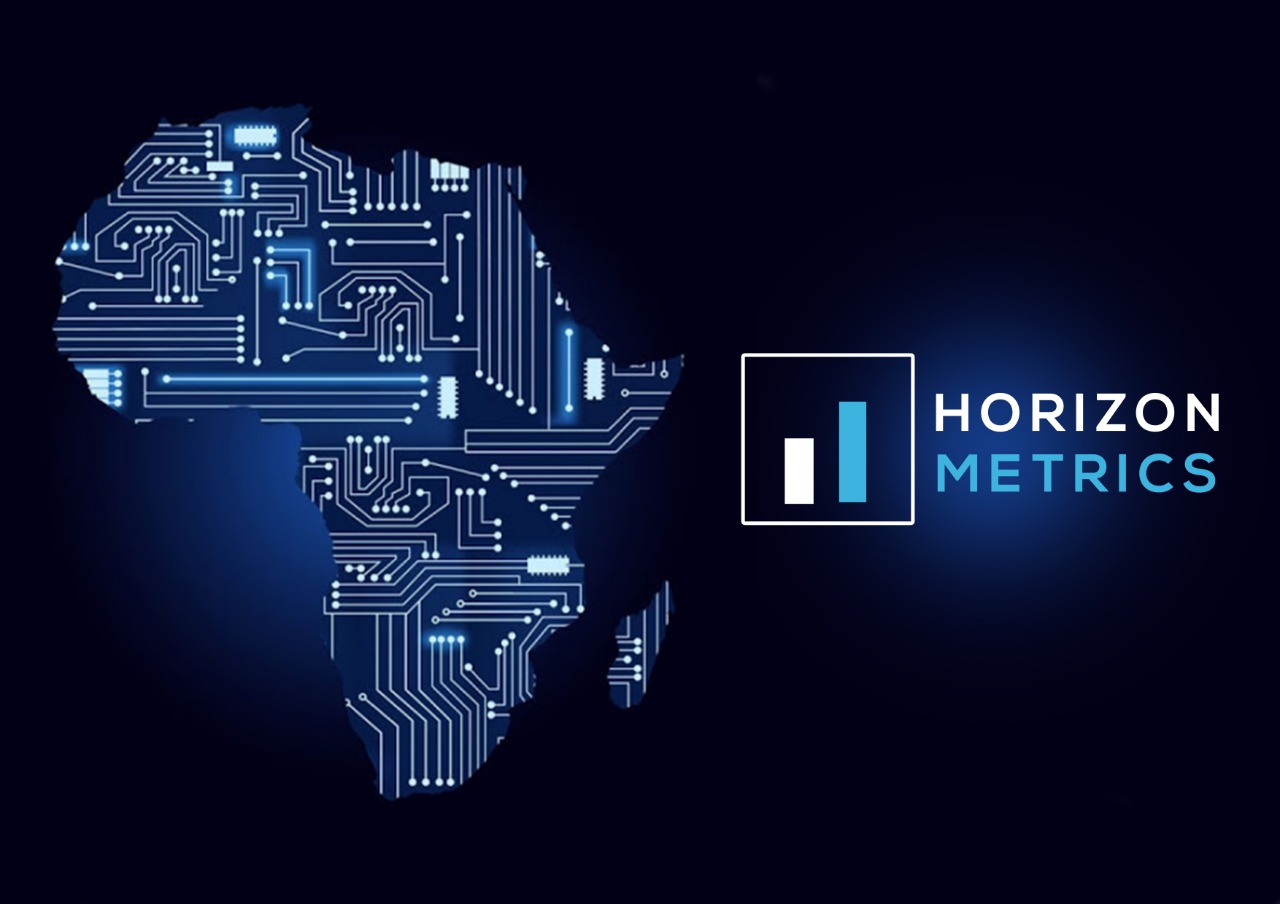
Resource augmentation is the process of adding additional resources to an IT department to help it meet its goals and objectives. This can include adding personnel, equipment, or software to the department. As the demands on IT departments continue to grow, resource augmentation is becoming an increasingly popular strategy for ensuring that IT departments have the resources they need to meet the needs of the business.
One of the main reasons for resource augmentation is the increasing complexity of IT systems and the need for specialized skills. As technology continues to evolve at a rapid pace, IT departments need to keep up with the latest trends and developments. This can be a daunting task, especially for smaller IT departments that may not have the resources to invest in training and development. Resource augmentation allows these departments to access the specialized skills and expertise they need without having to invest in permanent staff.
Another reason for resource augmentation is the need for increased scalability. As businesses continue to grow, their IT departments need to grow with them. This can be a challenge, especially for small IT departments that may not have the resources to handle the increased workload. Resource augmentation allows these departments to quickly and easily scale up their resources to meet the growing demands of the business.
Resource augmentation can also be a cost-effective solution for IT departments. Hiring permanent staff can be expensive, and it may not always be necessary. Resource augmentation allows IT departments to access the resources they need on an as-needed basis, which can help to keep costs down.
Additionally, resource augmentation can also help to improve the overall quality of IT services. By adding specialized skills and expertise to the IT department, businesses can ensure that they are receiving the highest quality services possible. This can be especially important in industries where IT plays a critical role, such as in financial services, healthcare, and technology.
Furthermore, resource augmentation can also help to reduce the risk of IT projects. By bringing in specialized skills and expertise, IT departments can ensure that projects are completed on time and within budget. This can help to mitigate the risk of costly delays and ensure that IT projects are successful and deliver the desired results.
In conclusion, resource augmentation is a valuable strategy for IT departments looking to meet the increasing demands of the business. By adding additional resources, IT departments can ensure that they have the skills and expertise they need to meet the needs of the business and deliver high-quality services. Whether you are looking to improve the quality of IT services, reduce the risk of IT projects, or ensure scalability, resource augmentation is a cost-effective solution that can help your IT department meet its goals and objectives.
When considering resource augmentation, it is important to work with a trusted and experienced provider. Look for a provider that has a track record of delivering high-quality services, and that has a deep understanding of the needs of IT departments. A good resource augmentation provider will work closely with your IT department to understand your specific needs and to develop a customized solution that meets your unique requirements. Whether you need specialized skills and expertise, increased scalability, or a cost-effective solution, resource augmentation can help your IT department deliver the results you need to succeed.
